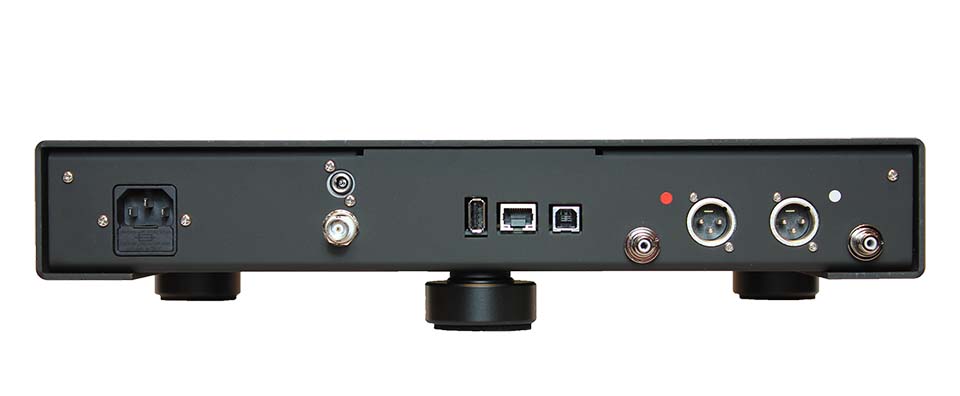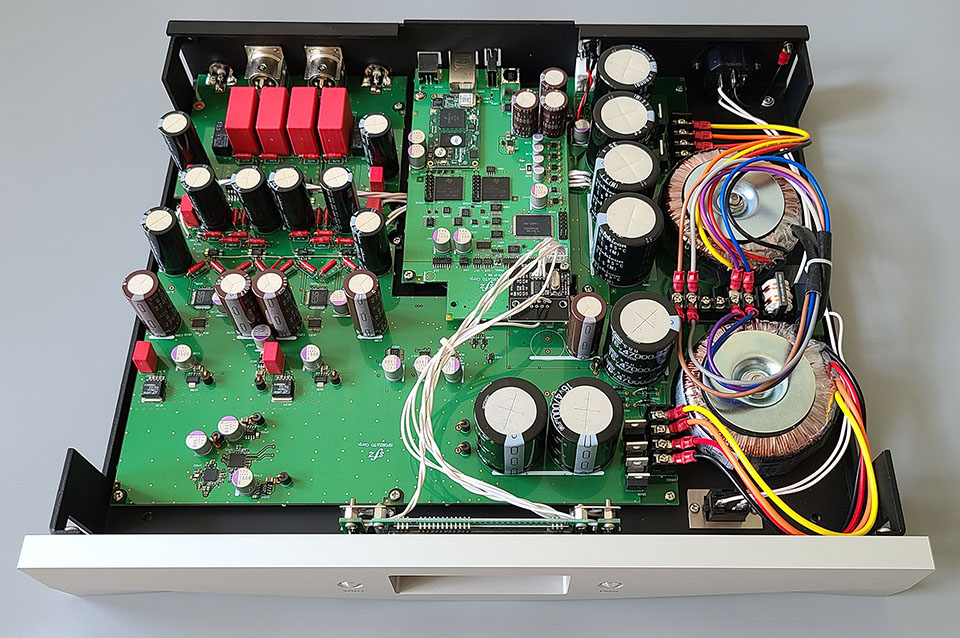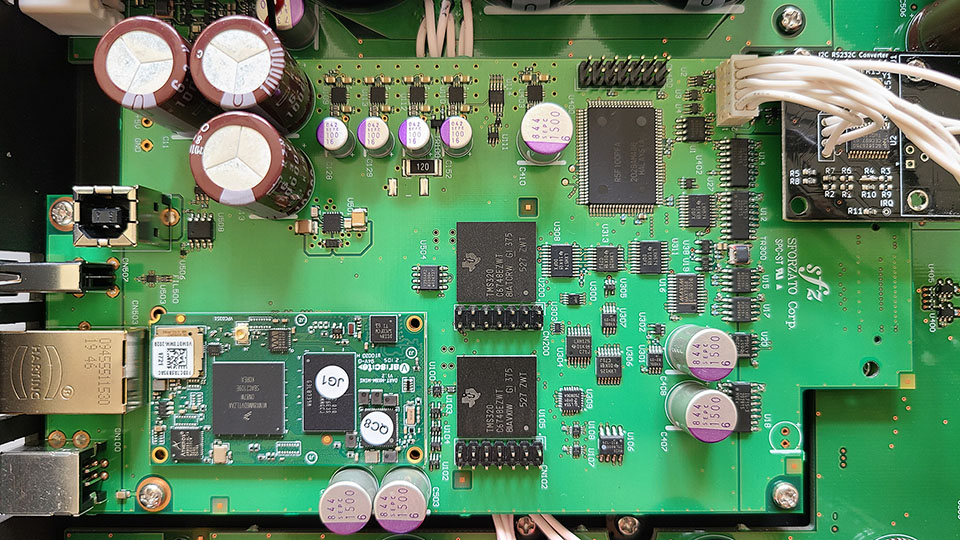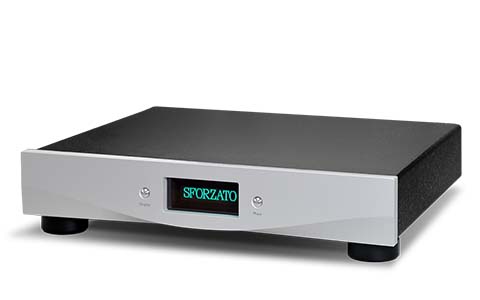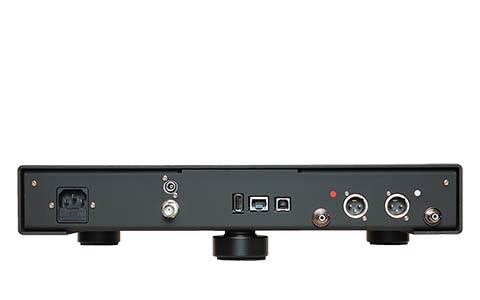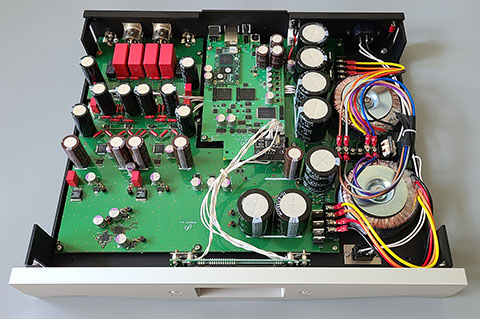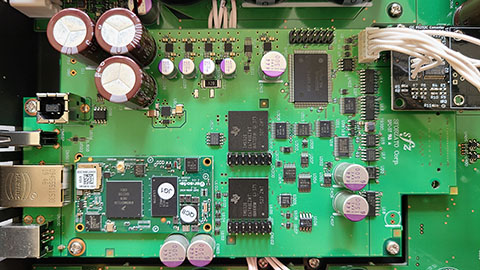Sforzato DSP−050EX2 Network Player, LAN DAC, USB DAC
Specifications
Equipped with a USB‐B terminal as standard equipment.
It can be used not only as a Network Player and LAN DAC, but also as a USB DAC.
LAN supports DLNA, UPnP (Open Home), Diretta, Roon, and MQA.
Supported Formats
AIFF, WAV, FLAC, ALAC
Roon Ready Program
Roon is an incredibly rich and engaging way to browse and organize your music. It runs on most Mac, Windows, and Linux PCs, or on other products that include Roon Core.
Roon Ready means that Sforzato players use Roon’s superior technology to deliver a great user interface, simple setup, solid reliability, and the highest level of audio performance compromise. Together, Roon and Sforzato deliver the power, flexibility, and performance of networked audio with the easiest setup and highest reliability available.
MQA (Master Quality Authenticated)
MQA is an award‐winning British technology that delivers the sound of the original master recording. The master MQA file is fully authenticated and is small enough to stream or download.
The player includes MQA technology, which enables you to play back MQA audio files and streams, delivering the sound of the original master recording. “MQA” indicates that the product is decoding and playing an MQA stream or file, and denotes provenance to ensure that the sound is identical to that of the source material. “MQA” indicates it is playing an MQA Studio file, which has either been approved in the studio by the artist/producer or has been verified by the copyright owner.
External Clock
It does not have a clock oscillator inside the housing, and a dedicated external clock is attached. A high‐performance TCXO (temperature‐compensated crystal oscillator) with ultra‐low near‐phase noise of −120 dBc / Hz @ 10 Hz with the clock architecture deploying a specialized IC that achieves jitter below 100 fs (1 femtosecond = 1/1000 of a picosecond).
Power for the external clock is supplied from the rear panel of the main unit. Of course, you can enjoy higher quality sound by using a higher PMC clock.

D/A Converter
The latest ES9038Pro is used for the D/A converter in monaural, one for each channel. The ESS DAC no longer relies on internal jitter removal, running in perfect sync with signal input. To fully demonstrate the performance of the 9038Pro, which has about four times the current output of the 9018S, a large‐scale I‐V conversion circuit reproduces a vast sound field and a precise and delicate sound image.
Thorough elimination of jitter
All digital audio, including network players, operate relative to the master clock when converting digital data to analog, so the quality of the clock is directly linked to sound quality. In particular, noise near the transmission frequency of the clock cannot be removed by the PLL or other circuits in the subsequent stage, so the performance of the transmitter directly affects the sound quality. The ultra‐low near‐phase noise clock creates a master clock (the heartbeat of digital audio) together with the ultra‐low jitter PLL.
Furthermore, a special dedicated IC with a jitter of 100 fs (1 femtosecond = 1/1000 of picosecond) or less is used for clock division and distribution. In addition, the master clock of the D/A converter is transmitted as a differential signal.
Power supply with a margin
Large‐capacity toroidal transformers with separate digital and analog stages power supplies and ultra‐high‐speed, ultra‐low noise Schottky diodes contribute to powerful and soulful music playback. Inside the main unit, a high‐performance low‐noise LDO LT1763 is used for the digital part, and POL (Point of Load) that regulates in the immediate vicinity of the required part is thoroughly implemented.
Discerning internal wiring and output terminals
With the cooperation of Sekiguchi Machinery Sales Co., Ltd. (Acoustic Revive), the internal wiring uses an elliptical single‐wire PC‐triple C wire. The purity of the power supply and signal is ensured by using a laborious wiring method that does not use a connector as much as possible. Two output systems, balanced XLR and unbalanced RCA, are available. Both use Hi‐End terminals.
Careful topology and thorough noise countermeasures
The board is a double‐sided 6‐layer board. The top and bottom surfaces are widely ground planes, and most of the digital signals are wired to the inner layer. Noise is suppressed to the utmost by the strong shielding effect. In addition, electromagnetic noise removal sheets and Finemet beads are installed in place to remove high‐frequency interference.
Software updates
By inserting the USB memory into the USB‐A terminal provided on the rear panel and performing the update operation, you can easily update the software by yourself. It will continue to evolve even after you purchase the device.


